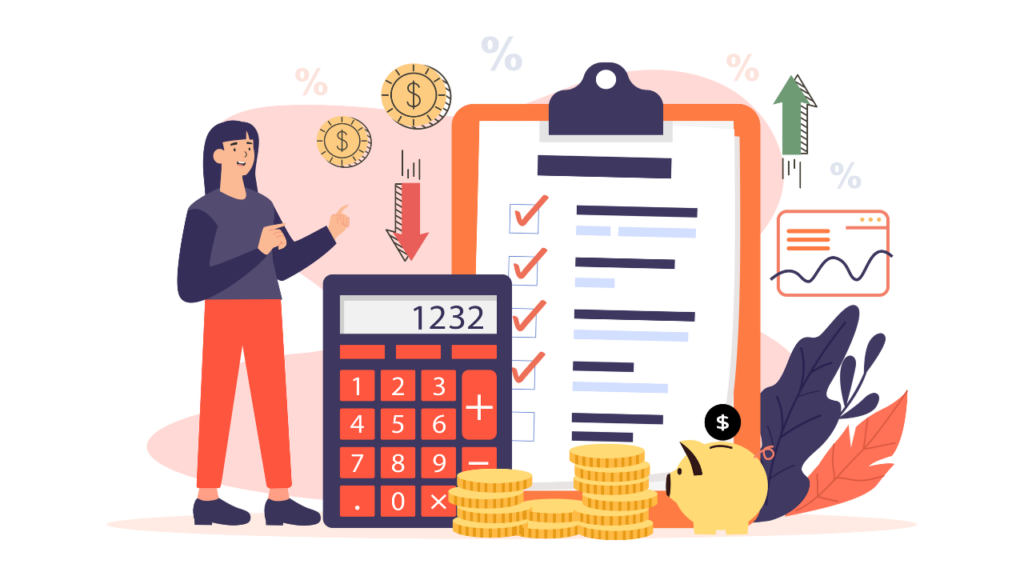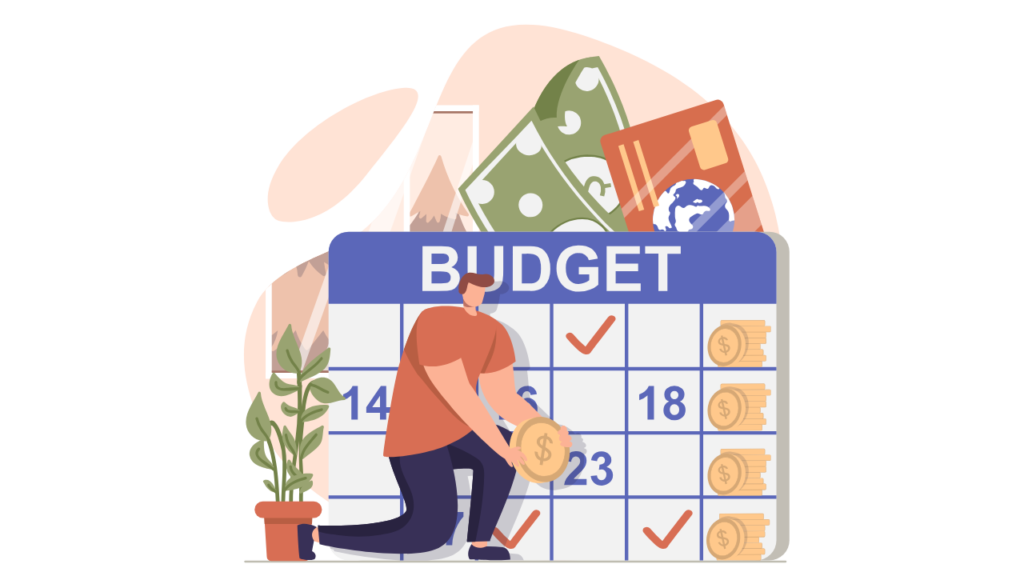Managing your finances starts with understanding where your money goes. How to track your expenses effectively is not just about noting down numbers—it’s about building awareness, taking control, and setting the stage for financial success. In this detailed guide, we’ll explore practical methods for expense tracking, actionable tools, and tips that anyone can follow to improve their financial health.
Why Is Tracking Expenses Important?

Tracking expenses is the foundation of personal finance management. Here’s why it matters:
- Awareness of Spending Habits: Understanding where your money is going can reveal patterns and help you identify areas of overspending.
- Improved Budgeting: When you know your spending habits, you can allocate your income effectively to meet both your needs and your wants.
- Debt Reduction: Tracking your expenses helps you identify unnecessary spending, allowing you to redirect funds toward paying off debt.
- Achieving Financial Goals: Whether it’s saving for a vacation, building an emergency fund, or investing for the future, tracking expenses helps you stay on track.
For instance, imagine realizing you spend a significant amount on dining out each month. Identifying this pattern can help you redirect that money toward savings or a specific financial goal.
Steps to Track Your Expenses Effectively
1. Choose Your Tracking Method

Selecting the right method is crucial for consistent expense tracking. Here are some options to consider:
- Manual Tracking: If you prefer a hands-on approach, use a notebook or a spreadsheet to record your daily expenses. This method offers complete control and visibility.
- Mobile Apps: Apps like Mint, YNAB (You Need A Budget), or Expense Manager simplify tracking by automating the process and categorizing transactions.
- Bank Statements: Reviewing your monthly bank statements can provide insights into your spending patterns.
- Hybrid Approach: Combine manual and automated methods to get the best of both worlds.
Pro Tip: Start with a method that feels manageable and adaptable to your lifestyle. You can always switch to a more detailed system as you become comfortable.
2. Categorize Your Expenses
Breaking down your expenses into categories provides a clear picture of where your money goes. Common categories include:
- Essential Expenses: Rent, groceries, utilities, transportation, and medical bills.
- Discretionary Spending: Dining out, entertainment, hobbies, and shopping.
- Savings and Investments: Emergency funds, retirement accounts, mutual funds, and SIPs (Systematic Investment Plans).
- Debt Repayment: Credit card payments, loans, and EMIs.
By categorizing your expenses, you can identify areas where you might be overspending and make adjustments.
3. Set a Budget

Once you have a clear understanding of your spending patterns, creating a budget becomes easier. A popular budgeting method is the 50/30/20 rule:
- 50% for Needs: Essentials such as housing, groceries, and utilities.
- 30% for Wants: Non-essentials like entertainment, dining out, and shopping.
- 20% for Savings and Debt Repayment: Focus on building savings and paying down debt.
Also Read:- What is the 50-30-20 Rule? And How to Apply the 50-30-20 Rule to Your Budget
Example: If your monthly income is ₹50,000, allocate ₹25,000 to needs, ₹15,000 to wants, and ₹10,000 to savings and debt repayment. Adjust these proportions based on your financial goals and circumstances.
4. Use Technology to Simplify Tracking
Technology can make expense tracking effortless. Here are some tools and apps that can help:
- Apps with Automated Insights: Mint and YNAB link directly to your bank accounts, categorizing transactions automatically. They also provide reports to visualize your spending.
- Expense Tracking Features in UPI Apps: Platforms like Google Pay and Paytm generate expense summaries, helping you track digital transactions.
- Spreadsheets: Google Sheets or Excel templates can be customized for detailed tracking.
Tip: Regularly sync your apps with your bank accounts and review reports to ensure all expenses are accurately categorized.
5. Review and Adjust Regularly
Expense tracking isn’t a one-time activity; it requires regular review and adjustments:
- Analyze Trends: Review your expenses weekly or monthly to identify patterns and areas of improvement.
- Adjust Budget: If you find yourself overspending in a category, tweak your budget to align with your goals.
- Celebrate Wins: Recognize milestones like reducing discretionary spending or increasing savings to stay motivated.
For example, if you notice a consistent monthly overspend on dining out, set a limit and allocate the extra funds to savings.
Real-Life Example of Effective Expense Tracking
Meet Raj, a 28-year-old professional. Raj realized he was saving less than 5% of his income. By tracking his expenses using a mobile app, he discovered that dining out and subscriptions were his biggest drains. Over six months, Raj reduced these expenses by 30%, increasing his savings rate to 20%. This small change enabled him to start an emergency fund and invest in mutual funds.
Also Read:- Best Practices for Using Credit Cards Responsibly
Common Mistakes to Avoid When Tracking Expenses
- Not Tracking Small Expenses: Small purchases like coffee or snacks can add up over time.
- Inconsistent Tracking: Skipping days leads to incomplete data, making it harder to identify patterns.
- Ignoring Cash Transactions: Always record cash purchases manually if your tracking method doesn’t automate this.
- Overcomplicating the Process: Stick to a simple method to ensure consistency and avoid burnout.
Advanced Tips for Expense Tracking
If you’ve mastered the basics, consider these advanced strategies:
- Set Financial Goals: Tie your expense tracking to specific goals, such as saving for a house or paying off a loan.
- Track by Payment Method: Analyze spending trends across credit cards, debit cards, and cash.
- Use Visual Tools: Create charts or graphs to visualize spending patterns and progress.
- Include Irregular Expenses: Plan for annual or semi-annual expenses like insurance premiums or holiday gifts by dividing them into monthly allocations.
Benefits of Consistent Expense Tracking
- Financial Clarity: Gain a comprehensive understanding of your financial situation.
- Stress Reduction: Stay in control of your finances and avoid unpleasant surprises.
- Improved Decision-Making: Make informed choices about spending and saving.
- Faster Goal Achievement: Align your spending habits with your financial objectives.
Conclusion
Learning how to track your expenses effectively is the first step toward financial freedom. Start small, stay consistent, and use the tips and tools outlined above to take control of your finances. Remember, expense tracking is not about restriction but about empowerment—making choices that align with your goals and values.
Ready to take charge of your finances? Start tracking your expenses today and witness the transformative impact it has on your financial health!









